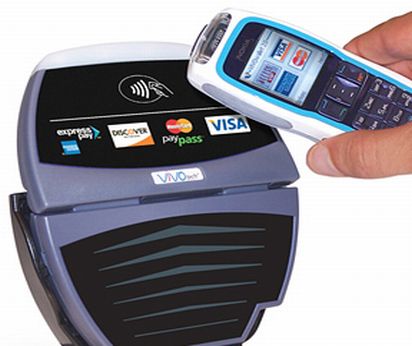
Coronavirus has fast-tracked our journey to a cashless future, but will cash disappear altogether?
Australians are using less cash than ever. We’ve stopped taking money out of ATMs. We’ve stopped using it to buy coffee.
And while other societies stubbornly cling to old-fashioned payment methods, we’ve taken up contactless tap-and-pay with great enthusiasm. And now, as COVID-19 has induced a fear of physical contact, that’s set to accelerate.
A long decline
When did so many Australians fall out of love with cash? The most recent survey of consumer payment behaviour from the Reserve Bank of Australia suggests it’s been a long time coming.
In 2007, cash accounted for 69% of transactions, cards 26%. The most recent survey, in 2019, found cash had fallen to 27% (down 10% from the 2016 survey), and cards were at 63%.
Despite the recent growth in things like Apple Pay, internet and phone banking account for just 3% of all payments.
The Commonwealth Bank said Australia is the sixth least cash-dependent society in the world and could be cashless by 2026. Other more ambitious estimates suggest that could happen in just two years.
It’s a trend across the Western world. Even in the United States, where things like tap-and-pay are a rarity compared with Australia, three in 10 adults don’t use cash each week.
The virus makes it worse
But these changes in spending patterns will probably be locked in even further by the pandemic, with more shops urging customers to use cards or contactless payments, says Swinburne University of Technology Professor Steve Worthington.
“I think people will get used to not using cash and after the pandemic those habits will roll on,” he says.
“Contactless, digital and other payments will increase.”
To read more, please click on the link below…


